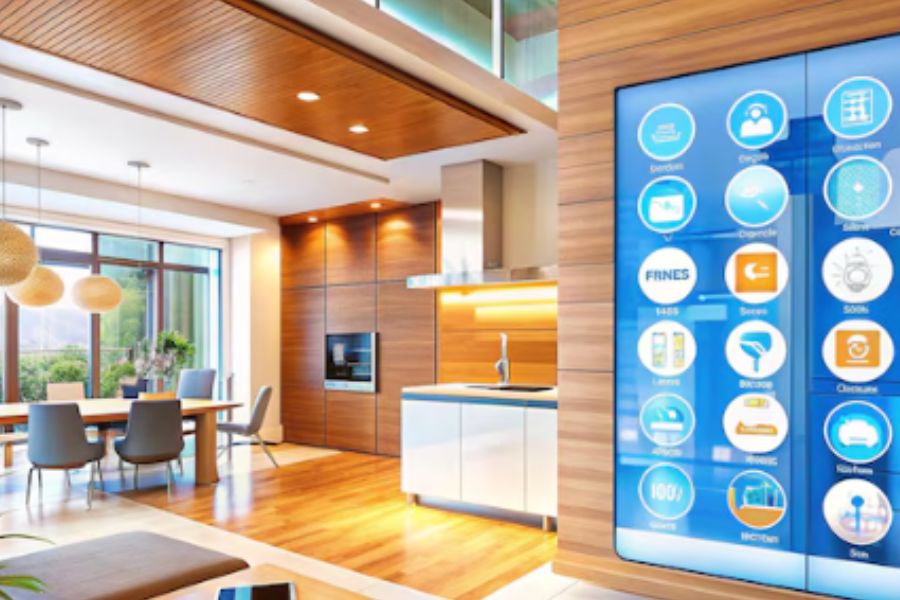Retail burnout is a popular problem in the retail world when employees feel exhausted and unmotivated to work efficiently. When burnout happens, they often take absence or leave from work without explanation or warning. Some other employees even come to work late and leave work early. Retail burnout may result in a lack of enthusiasm and higher irritability at work.
Why does Retail Burnout Happen?
Common Causes
Retail burnout can stem from various factors that combine to create a highly stressful work environment. Understanding these causes is the first step toward addressing and mitigating burnout.
- High-stress Environment: The retail industry often involves fast-paced, high-pressure situations where employees must meet sales targets, handle multiple tasks simultaneously, and deal with demanding customers.
- Long Working Hours: Extended shifts, especially during peak seasons, can lead to physical and mental exhaustion. The lack of adequate rest and recovery time exacerbates stress and fatigue.
- Repetitive Tasks: Performing the same tasks day in and day out can lead to boredom and a sense of monotony, which can contribute to feelings of burnout.
- Customer Interactions and Complaints: Dealing with difficult customers and handling complaints can be emotionally draining, especially when employees feel unsupported or unappreciated.
- Lack of Career Progression: Limited opportunities for advancement can make employees feel stuck and undervalued, leading to disengagement and burnout.
Signs and Symptoms
Recognizing the signs and symptoms of retail burnout is crucial for early intervention. These symptoms can be physical, emotional, or behavioral.
Physical Symptoms
- Fatigue: Constant tiredness and low energy levels, even after adequate rest.
- Headaches: Frequent headaches or migraines, potentially caused by stress and tension.
- Sleep Disturbances: Difficulty falling or staying asleep, or sleeping too much.
Emotional Symptoms
- Irritability: Increased irritability and frustration, often over minor issues.
- Depression: Persistent feelings of sadness, hopelessness, or worthlessness.
- Anxiety: Constant worry, nervousness, or feelings of impending doom.
Behavioral Symptoms
- Increased Absenteeism: More frequent sick days or unexplained absences from work.
- Decreased Productivity: Lower output and efficiency, with tasks taking longer to complete.
- Detachment: A sense of disconnection from work, colleagues, and customers, leading to reduced engagement and motivation.
By identifying these causes and symptoms,you and your employees can take proactive steps to address retail burnout, creating a healthier and more productive work environment.

How to Prevent and Manage Retail Burnout
For Employees
Employers play a crucial role in preventing and managing retail burnout by creating a supportive and engaging work environment.
Self-Care Strategies
- Maintaining a Healthy Work-Life Balance: Ensuring adequate time off and engaging in activities outside of work that bring joy and relaxation.
- Regular Physical Activity and Proper Nutrition: Incorporating regular exercise and a balanced diet to boost physical and mental health.
- Mindfulness and Relaxation Techniques: Practicing mindfulness, meditation, or yoga to reduce stress and improve emotional well-being.
Professional Development
- Seeking Opportunities for Career Growth: Pursuing training, certifications, or new responsibilities that can lead to career advancement and personal satisfaction.
- Continuous Learning and Skill Development: Engaging in ongoing education to stay motivated and feel a sense of progression in the job.
For Employers
Employers play a crucial role in preventing and managing retail burnout by creating a supportive and engaging work environment.
Creating a Supportive Work Environment
- Recognizing and Rewarding Employee Efforts: Acknowledging hard work and accomplishments through praise, bonuses, or other incentives.
- Promoting a Positive Workplace Culture: Fostering a culture of respect, inclusivity, and support where employees feel valued and appreciated.
- Providing Access to Mental Health Resources: Offering resources such as Employee Assistance Programs (EAPs), counseling services, and stress management workshops.
Improving Job Design
- Rotating Tasks to Avoid Monotony: Varying job responsibilities to keep work interesting and engaging.
- Offering Flexible Work Schedules: Providing flexible hours or shift patterns to help employees balance work and personal life.
- Ensuring Adequate Staffing Levels: Maintaining sufficient staff numbers to prevent overworking and ensure employees have manageable workloads.
- Utilizing Technology Solutions (e.g., ConnectPOS): Implementing advanced POS systems like ConnectPOS to streamline operations, reduce manual workload, and improve overall efficiency. These systems can help automate tasks, manage inventory more effectively, and provide real-time data that can alleviate some of the stress employees face.
Communication and Feedback
- Regular Check-Ins with Employees: Conducting frequent one-on-one meetings to discuss workload, stress levels, and overall well-being.
- Encouraging Open Communication: Creating an environment where employees feel comfortable sharing their concerns and suggestions.
- Addressing Employee Concerns Promptly: Taking immediate action to resolve issues that contribute to stress and burnout.
By implementing these strategies, both employees and employers can work together to create a healthier, more productive work environment, ultimately reducing the risk of retail burnout.
Wrap Up
Retail burnout is a pervasive issue that can significantly impact both employees and businesses. By recognizing the common causes and symptoms, employers and employees can take proactive steps to prevent and manage burnout. For employees, prioritizing self-care and professional development is crucial. Employers can create a supportive work environment by recognizing employee efforts, providing mental health resources, improving job design, and utilizing technology solutions to streamline operations.
Addressing retail burnout not only improves employee well-being and job satisfaction but also enhances overall business productivity and customer service quality. Taking these steps can lead to a healthier, more successful retail environment.
ConnectPOS is an advanced point-of-sale system designed to streamline retail operations and reduce employee workload. To learn more about how ConnectPOS can help alleviate retail burnout in your store, contact us today.



